October 16th 2024 marks the 115th anniversary of the first summit meeting, in 1909, between the presidents of Mexico and the United States. Mexico has had a long tumultuous history from the ancient Maya to modern day events. Like any personal relationships, it hasn’t always been pleasant. From wars and human sacrifice in pre-Columbian days, to the Spanish conquest, and political upheavals in modern times; it has often been painful for the people, but at times jubilant as well. Yet the summit in 1909 was a special moment in Mexico’s grand past; and I write about the occasion because it is deeply personal. In the end, behind every monumental meeting in history, there are less significant encounters that aren’t captured in any history books. So without passing judgment about whether Mexico’s past was right or wrong – just or unjust, I’ll ask you to look upon this event simply as a love affair amidst a controversial historical backdrop.
It took place in an era when Mexico was riding a great wave of prosperity. The year was 1909, a time when Mexican-American diplomatic relations were arguably in their halcyon days. Mexico City was, as it is today, a bustling metropolis full of opportunities. For tourists and immigrants from around the world, there were visits to cultural sites, museums and concert venues. The world’s visitors during their stays would have been captivated by the culture, the unique blend of indigenous and Spanish influences that combined to establish the country’s unique art, music and other creative endeavors. There were the Mayan pyramids that were becoming renowned worldwide. There was the extraordinary eighteenth century Basilica of Our Lady of Guadalupe and the amazing art treasures that it holds. Impressive building projects were underway, like the Palacio de Bellas Artes (Palace of Fine Arts), which today are celebrated by all. And modern railways were being financed and built that would advance commerce and facilitate travel throughout Mexico.
In the world of politics, diplomats on both sides of the border were calling for a summit between the leaders of the two nations, President Porfirio Díaz (1830–1915) for Mexico and William Howard Taft (1857–1930) for the U.S. It was highly unusual for an American president to travel outside the country. In fact, President Theodore Roosevelt’s visit to Panama the previous year was the first time any U.S. president traveled abroad while still in office. Within diplomatic circles, as meeting preparations were arranged, the planning went into high gear. The summit would take place on October 16th 1909 as a preview to the forthcoming one hundredth anniversary of Mexico’s independence from Spain in 1810, which happened to coincide with the thirtieth anniversary of Díaz’ rule. The El Paso Herald called it the “Most Eventful Diplomatic Event in the History of the Two Nations.”
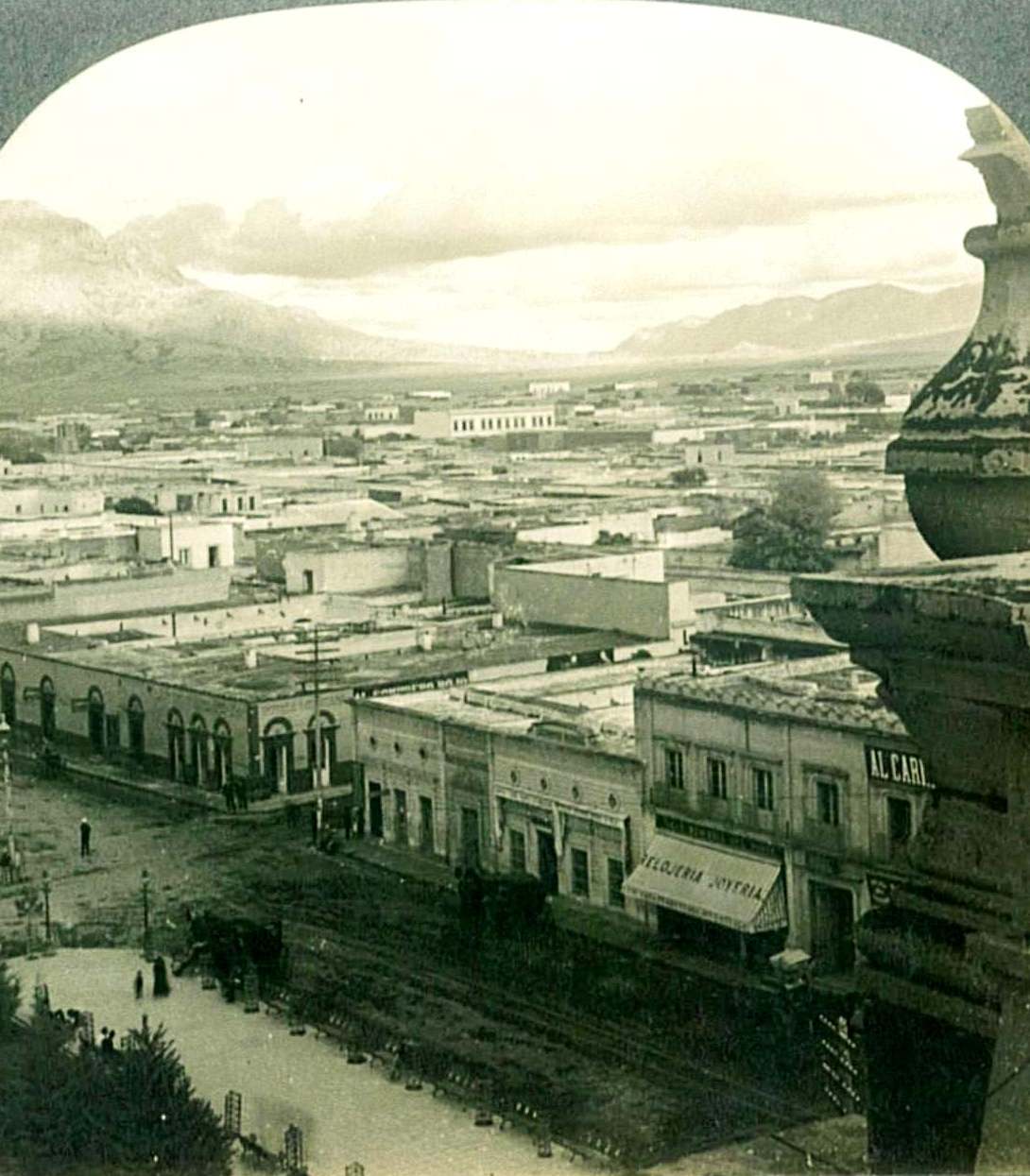
The plan was for President Díaz to start from Mexico City and ride the 900 miles by train in private railcar to Chihuahua, which was the closest major metropolis to Mexico’s northern border. There, he would be hosted by the Mexican-American industrialist and banker Enrique Creel (1854–1931), Governor of the State of Chihuahua and former ambassador to the United States. Creel, a man of action and of financial means, had big plans for the occasion when he would host Díaz at his palatial mansion, along with other prominent government officials. From there, Creel would accompany Díaz another 230 miles north to the U.S. border where they would meet with President Taft in El Paso, just across the Rio Grande, and in Ciudad Juárez on the Mexican side.
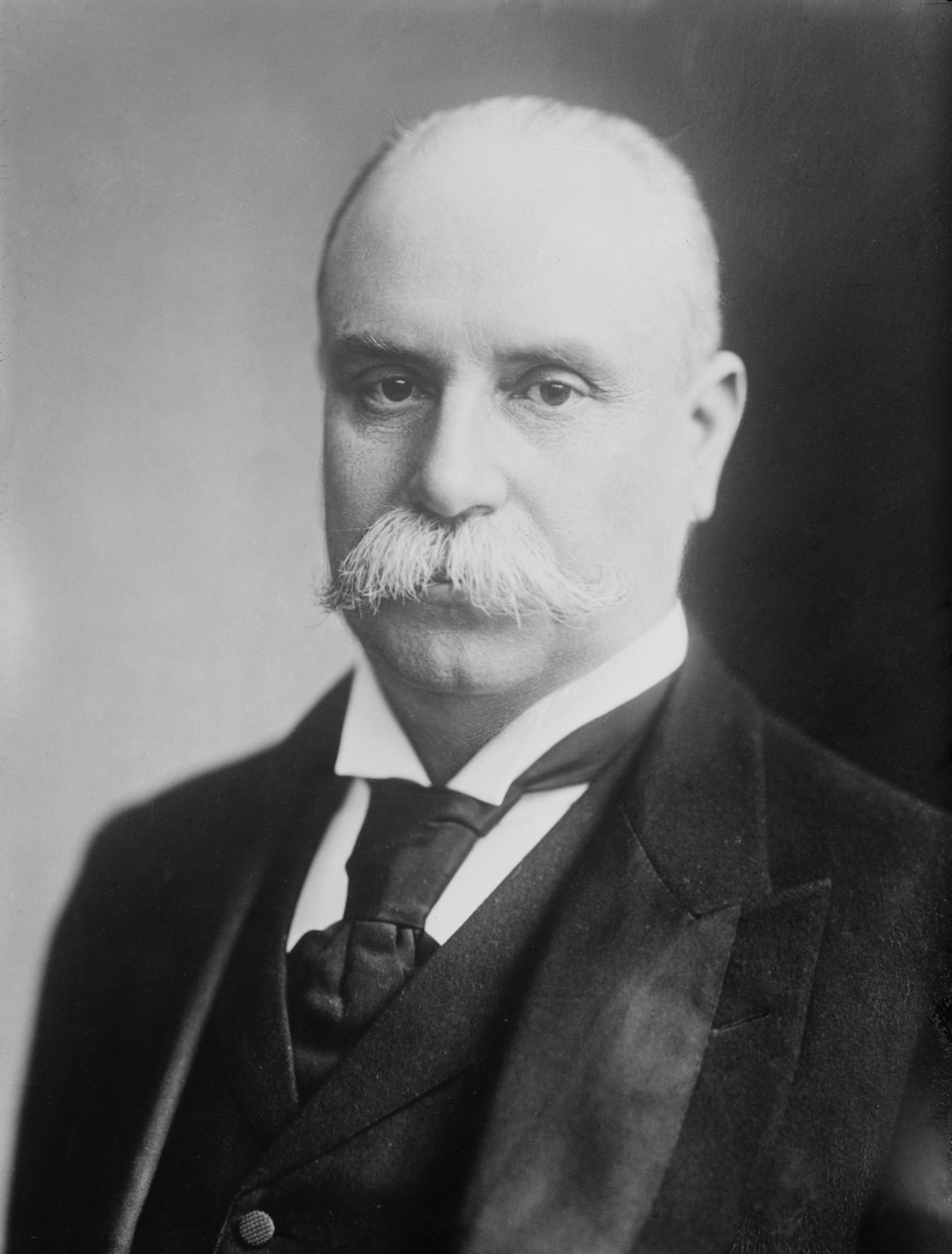
In Chihuahua, major infrastructure projects were underway, some of which were sponsored by Creel. The June 15th edition of Brill’s Magazine announced that the new electric railcar system, inaugurated in October the previous year with 9 miles of track, was to be extended by an additional 15 miles of track for “electrified railcars” to the important mining town of Santa Eulalia. This meant the construction of a large power plant and the purchase of a dozen new railcars. It further noted that Chihuahua “is the most progressive city in Northern Mexico, having a population of 40,000. Many handsome and modern buildings, beautiful driveways and parks, and a climate unexcelled are among its attractions.”
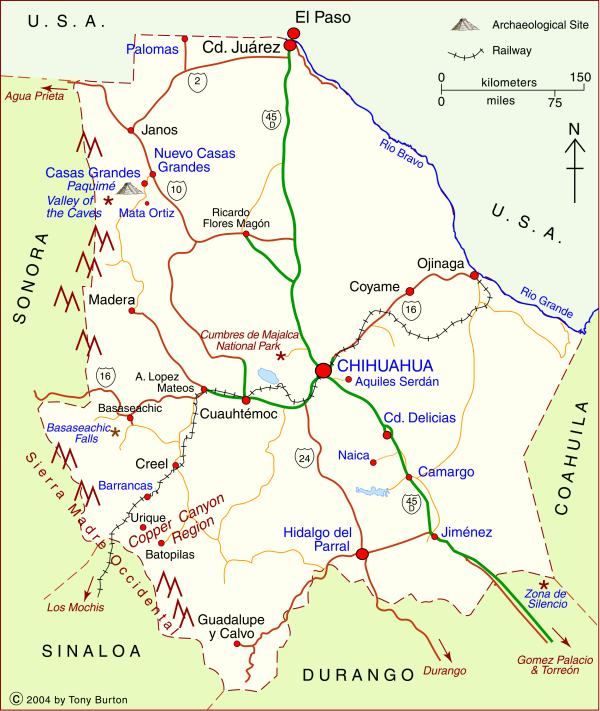
In preparation for President Díaz’ history-making journey to the city, there was a daunting amount of work to be completed. Highly trained artists, with specialized skills who could collaborate with architects and engineers, were in real demand. Among those skilled artisans was the Italian artist Ettore Serbaroli (1881–1951), who received his training in Rome and assisted the great Cesare Maccari on the famous Basilica of Santa Casa in Loreto, Italy. Having lived in Mexico for several years, Serbaroli had good command of the Spanish language, having worked on building projects in Mexico City. Governor Creel placed him in charge of the extensive decorative work for the city, and Serbaroli drew up creative concepts to embellish the city’s main thoroughfares and government buildings. This included the building interiors for which Sebaroli was commissioned to do murals and original paintings.
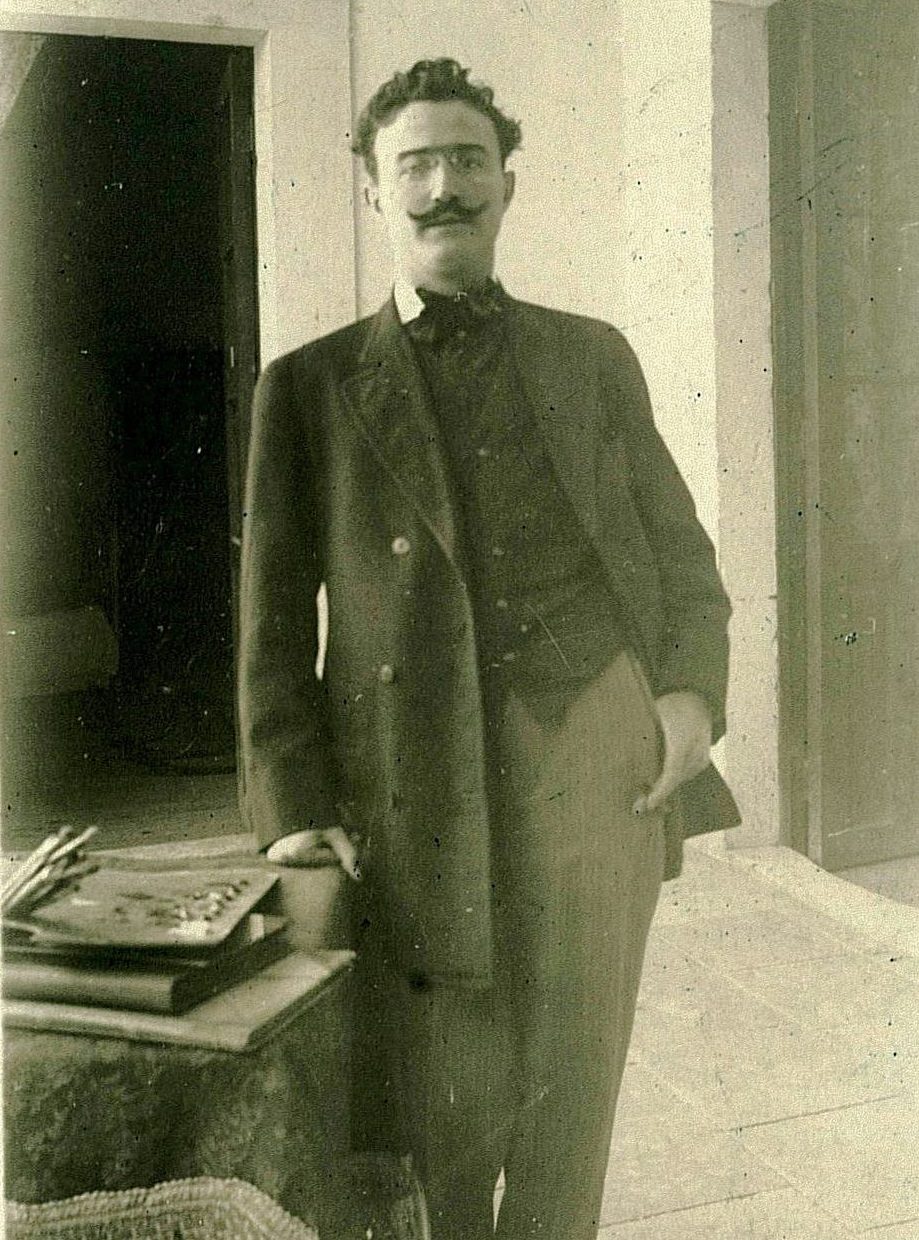
At age 28, and as the principle designer of the city’s decorations, Serbaroli was at his finest. His responsibility was not to decorate a room or an individual building, but instead to design and coordinate the embellishment of the city’s boulevards, in advance of its parades and planned fanfare. He enjoyed a certain degree of freedom to propose designs for the portals of each main avenue leading to the center of town. A torrent of ideas sprang from his mind, and he had the vitality, drive, passion and stamina to accomplish them. For this unique opportunity, the city was his grand stage, and he was the appointed set director with a chance to leave his mark on an entire city. For a young artist, you would think it couldn’t get much better than that—but it did!
While working on the city’s decorations, Serbaroli met a young woman from Chihuahua. Dark-haired, petite Señorita Josefina Sini was the twenty-eight-year-old daughter of the widowed Margarita Chabre de Sini. Artistic by nature, Josefina had numerous friends in the local literary scene and had performed in a number of productions at the local theatre. He genuinely enjoyed their moments together, and became enthralled with her beaming smile and her light-hearted playfulness.
Josefina felt an instant connection with the young Italian artist and was enamored of his artistic abilities. Her first impression of him was that he was exceedingly well-mannered and thoroughly considerate to those around him. She perceived him as serious and professional, yet fun-loving. In Chihuahua, he had become a minor celebrity, whose proficiency with paints and expertise in muralism were becoming well known:
For the colossal amount of work that needed to be completed for Díaz’ visit, Serbaroli didn’t have much free time, but the limited free hours he had were spent with her. To him, she was a bright Mexican sunrise in his tired evenings, and her enticing, intoxicating smile encouraged him when his work was most demanding.
Unlike the lavish gifts that were exchanged between President Díaz and Governor Creel, he didn’t have the time or money to buy her expensive presents. There was, however, something he could offer to her in a personal moment that was better than any store-bought gift, and unlike any other she could ever receive. Shortly after they met, he drew her portrait on the inside cover of one of his sketch books, and signed it “E. Serbaroli Chih.”The speed at which he created her image, and the likeness itself, impressed her. She loved it, and took it home to show her mother. And she treasured it !
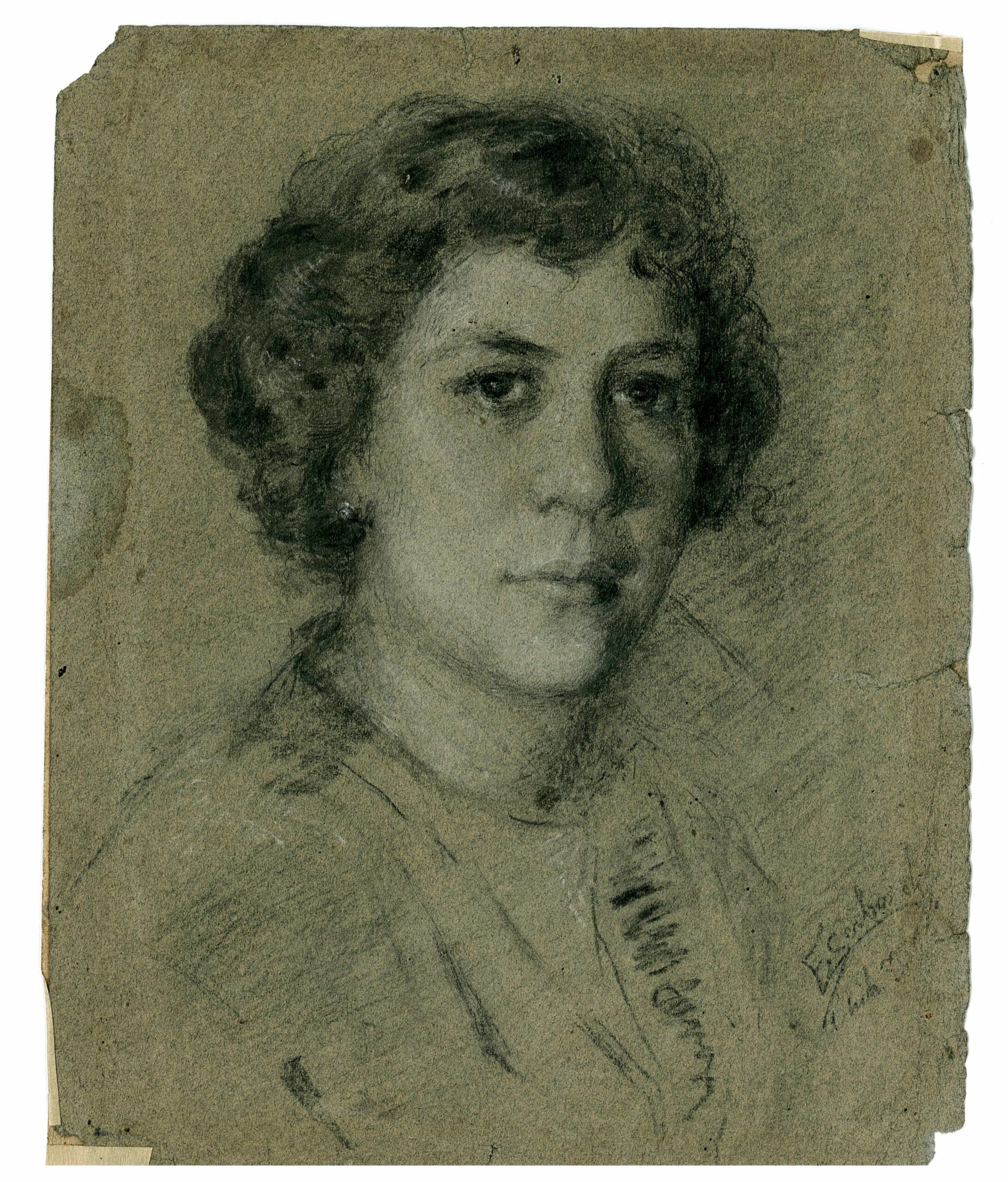
The day after Porfirio Díaz arrived in Chihuahua, some of the many celebrations were reported on the front page of the Friday, October 15 edition of the El Paso Times:
Chihuahua, Mex., Oct. 14. The city and state of Chihuahua gave President Díaz one of the grandest receptions ever recorded Wednesday evening at 5:26, on his special train of five coaches.
His arrival was heralded by the booming of cannon, the blowing of every whistle in the city and every other contrivance that could make a noise was pressed into service.
At Governor’s Palace
After reaching Governor Creel’s Palace, where he is stopping while the guest of Chihuahua, the president, with Governor Creel, the minister of foreign relations and the minister of war, reviewed the long parade, among which was a troop of mounted artillery and two squadrons of cavalry from Mexico City.
Arches Span the Avenue
Avenida Juarez, along which the president drove on his way to the governor’s palace, was nothing but a series of arches, built by the different industries in the city. There were nine in number, the first being the Electric Arch, then the Mineral Arch, the Industries, the Commercial Arch, the State Arch, the Agricultural Arch, the City’s Arch, the Banker’s Arch and the arch of a private mining company, in the order named. The arches cost an average of $1,500 each, the Mineral Arch costing $2,500.
The President’s Quarters
In the governor’s palace, the president occupied the four rooms facing on Calle Libertad, consisting of bedroom, bath room, living room and parlor. In the parlor of the president’s suite, Gov. Creel had three panels painted by the great Italian painter Ettore Serbaroli, who came over from Italy especially for this work. In the dining room, the ceiling is made of hand-carved mahogany, the furniture being of mahogany to match, while a thick brown carpet covers the floor. In the corner of the parlor a small balcony extends out over the street. It was from this balcony that the president reviewed the parade.
For all the work he had done in Chihuahua, Serbaroli was rewarded by being asked to join the entourage with Governor Creel, riding on the same train of five coaches to Juárez with the city’s most notable citizens. He enjoyed the festivities associated with the whole exquisite affair.
While on the Texas side of the border, he bought a souvenir card of the momentous meeting between the two heads of state, and mailed it from El Paso to his sweetheart Josefina. He knew she liked to collect postage stamps and souvenir cards. She must have been thrilled when she received it, not just as a souvenir of the historic visit, but mainly because this young handsome artist had been considerate enough to get it especially for her.
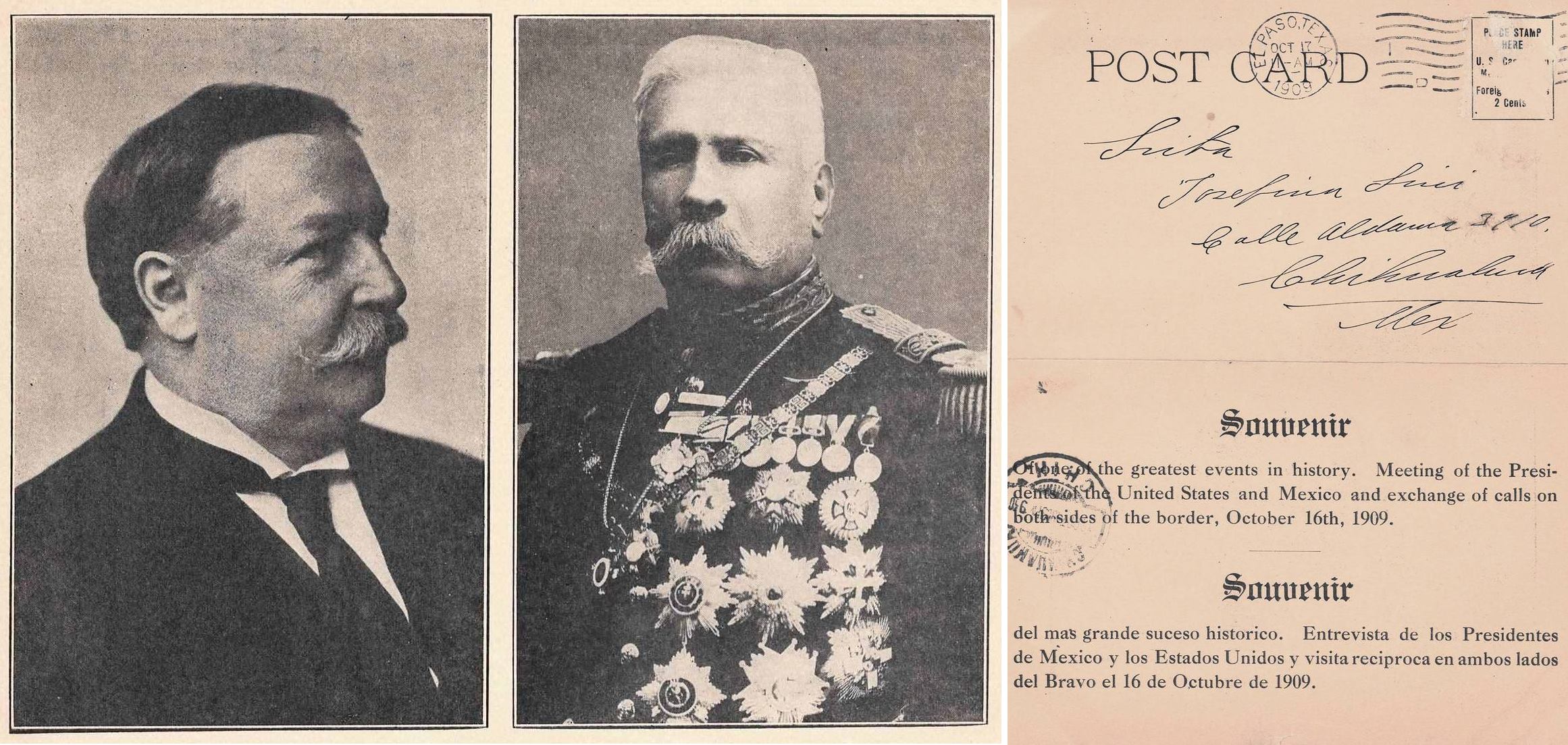
President Taft’s visit with Porfirio Díaz in Juarez was met with tremendous enthusiasm, and for a brief moment in time the hemisphere’s newspapers fixed their attention on the cities of El Paso and Juarez. Governor Creel served as an interpreter between the two heads of state. The conference was an impressive affair. Taft was accompanied by Thomas Campbell, Governor of Texas and thousands of Texas’ cavalry, artillery and infantry troops.
As today, there were photo ops for the press too, which revealed quite a contrast between Taft’s simple, unadorned appearance and Díaz’s military bearing with a chest full of medals and honors. By all accounts their official discussions were brief, but likely touched upon the political climate in Mexico, which was gradually becoming unstable with the emergence of populist leaders like Francisco Madero and Emiliano Zapata.
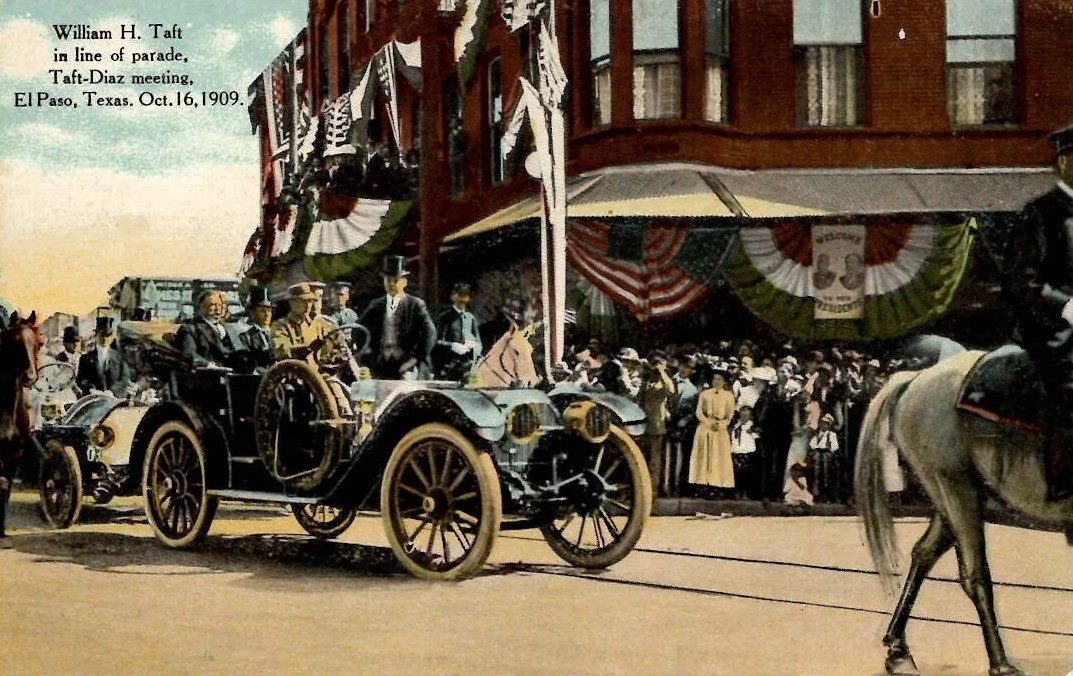
After the summit, Serbaroli’s skills became even more in demand. He had more free time now, and as time passed, the artist and his lovely lady grew closer. He took out more hours from his work schedule to spend with her and her widowed mother at their home. And the notes and letters he wrote when he was away gradually took on a different tone. They were addressed to her as “Josefina, chata y chula,” colloquial terms of affection and endearment. And she kept every one of them along with the pencil portrait he did of her when they first met. They married in November 1912, and one year later Judith, their first child, was born.
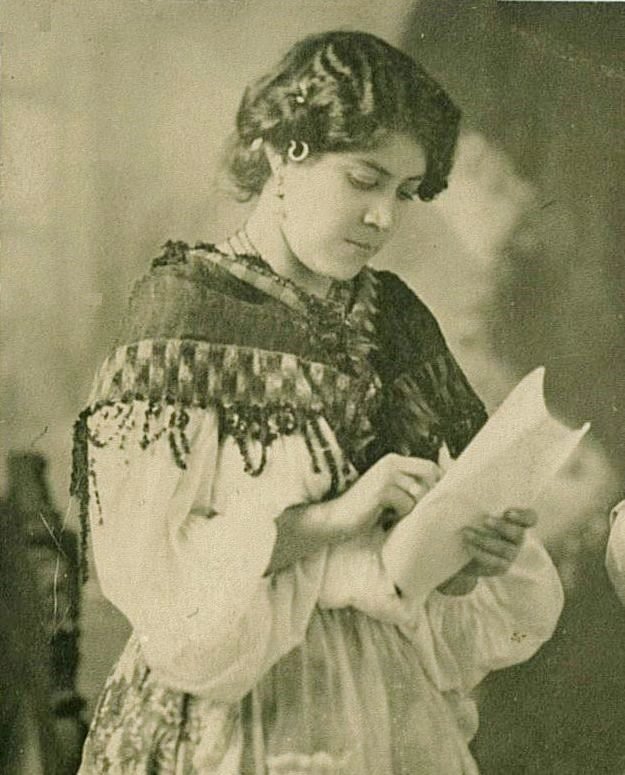
In the interim, the political environment was increasingly disrupting the region. President Díaz was deposed 17 months later, in May 1911. The next year former Governor Enrique Creel, along with other influential citizens, fled Mexico for the safety of the United States. Pancho Villa’s army, in support of President Francisco Madero, invaded Chihuahua City in March 1912, and scores of men were killed in the streets. President Madero, who deposed Díaz, was executed almost a year later in February 1913, and his brother Gustavo was later beaten to death by supporters of the new regime under General Victoriano Huerta. Then Villa ordered all foreigners to leave the state or face the consequences. Serbaroli, as an Italian, was forced to flee the country with his bride and new baby in mid-December 1913. They fled their home and left everything behind; that is, almost everything. Among the things that Josefina took with her was something that didn’t take up much room in her belongings: the pencil portrait that meant so much to her.
In stark contrast to the elaborate summit celebrations that took place four years earlier, Christmas time with their newborn was spent in squalid conditions amidst the overcrowded canals of El Paso, with a scarcity of drinkable water. And they weren’t alone. There were thousands of other refugees who fled the chaos that erupted in their homeland. It was the lowest point in Josefina’s life. What they did have remaining in their hearts was continual Hope, and an unshakable faith that God would see them through the bleakness of their situation. It was a Christmas that remained depressingly etched in their memories. (Years later, while on the train from California to Dallas to work on murals at the Texas Centennial Exposition in 1935, Serbaroli stopped in El Paso and wrote in Spanish to Josefina: “Today throughout most of this trip it was raining, and passing through Tucson it was snowing for a good while. In El Paso, I thought the wind was going to send me flying. How sad it made me to see the place where we lived.”)
In the ensuing lawlessness in 1913, banks were plundered, the mining industry was shut down and some railroads stopped functioning. In the end, within the framework of a bloody revolution that killed so many, the life-altering problems of two young lovers meant little to the larger outside world. Serbaroli managed to get the family from El Paso to the San Francisco Bay area, where he found employment at the great Panama Pacific Exposition of 1915. He and Josefina, who didn’t yet speak English, began a new life as immigrants in a different culture with their little daughter and, later, three sons. Moreover, in addition to the portrait that she took with her, Josefina brought other important things to her new home in the States. The children were raised bilingually, speaking Chihuahuense Spanish at home, and were weaned on her delicious Mexican recipes like corn meal taquitos and vanilla rice pudding. They also were entertained by her anecdotes of growing up as a girl in northern Mexico; and were imbued with a genuine appreciation for their Mexican heritage. Later, during World War II, all three of her sons served in the US military.
Today, meetings between heads-of-state are not as celebrated. They take place all the time without much fanfare, mostly garnering only scant headlines. Similarly, courtships like those between the artist and his sweetheart are certainly not the same either. These aren’t the stories one learns in history books; yet they’re important nonetheless, as they pass from generation to generation as this one does now.
These two emigrants from Mexico were my grandparents. Had Grandfather not been summoned to Chihuahua for the great presidential summit, or had Grandmother (Abuela) not made his acquaintance at that opportune moment in her life, how would their lives have progressed? As for me, this forthcoming 115th anniversary of the historic summit between Díaz and Taft, and the love affair that it spawned, remain more momentous than ever. In fact, every year at this time, I sense their spirits hovering around me, reminding me that, without it, I wouldn’t be here today to relate their fascinating journey together. Salud!
Want to read more about the summit meeting? See Porfirio Díaz en Texas: La Entrevista Díaz-Taft, 16 de Octubre de 1909 (Spanish Edition) by Miguel García Audelo (2020).



I WAS REALLY IMPRESSED WHILE BRINGING TO THE PRESENT THOSE PRECIOUS GEMS OF HISTORY, THE HISTORY OF OUR CHIHUAHUA STATE. AS A COMPLEMENT OF THIS REMEMBRANCES, I HAVE ALSO READ ON A SEPARATE ARTICLE, ON THE DETAILS WHAT TOOK PLACE WHILE AT THE TAFT-DIAZ MEETING IN THE “DIRECCION DE ADUANAS” BUILDING”. I THANK MR JOSEPH A. SERBAROLI JR. WHO BROUGHT AND SHARED THIS BEAUTIFUL PIECE OF HISTORY TO US ALL.
On behalf of the author, Mr Serbaroli, and MexConnect, thank you, Hector, for your very kind and positive words. Please help spread the word! There are hundreds of fascinating history articles scattered amongst the 3800+ article on MexConnect. Muchos saludos, TB (editor).
Hola Hector, thank you for your kind comments about this article. In life, there are always great public events that are broadcast in the news. But most of the writing I do is aimed at rescuing the small personal stories of people before they fade away into obscurity. Like when you find a very old photo of a person with no writing on the reverse side. Without someone writing a name on the back, we have no idea who that person is. Although the image is still there, their identity is lost forever.
So I’m especially pleased, when I hear that there is a reader like you, who appreciates those smaller personal accounts that give new life to the people, their lives & their struggles. This one had a happy ending, as my grandparents were able to persevere, to raise a family & to enjoy the fruits of their labors for many more years. And because of that, here I am today. Thanks again for sharing your thoughts. Viva Chihuahua. Viva Mexico ! J. Serbaroli